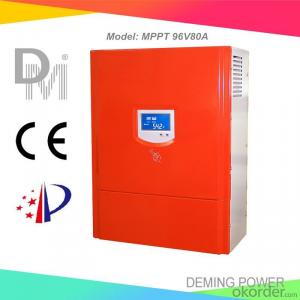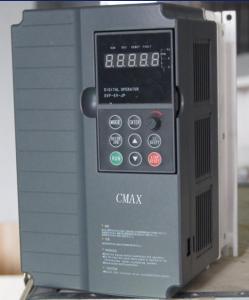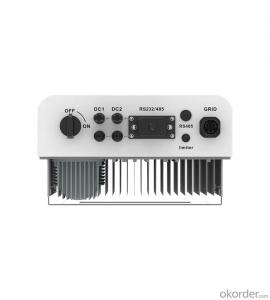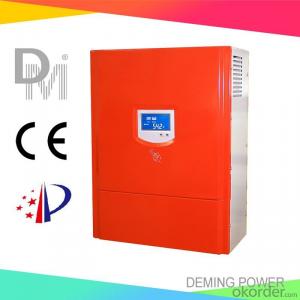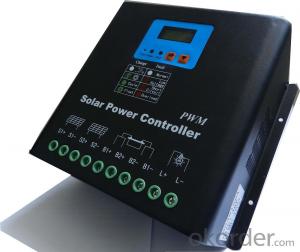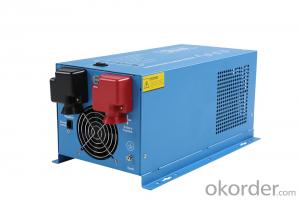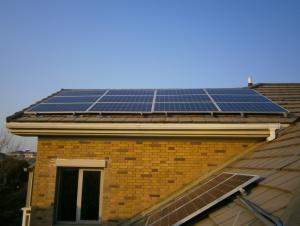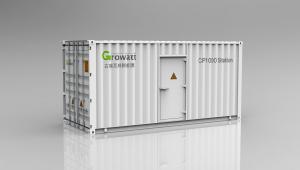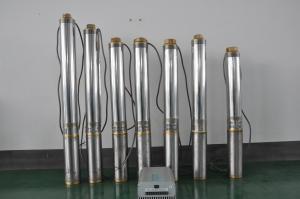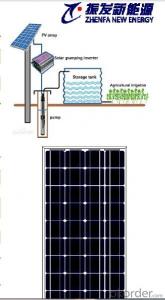96v Solar Inverter
96v Solar Inverter Related Searches
36v Solar Inverter 600v Solar Inverter 36 Volt Solar Inverter 120v Solar Inverter Solar 120v Inverter 48v Solar Inverter 60 Kw Solar Inverter 100kw Solar Inverter Solar Inverter 36 Volt 16kw Solar Inverter 1.6 Kw Solar Inverter 48 Volt Solar Inverter 100 Amp Solar Inverter 600 Watt Solar Inverter 16 Kw Solar Inverter 600w Solar Inverter 100 Kw Solar Inverter 100w Solar Inverter 100 Watt Solar Inverter 6kw Solar Inverter Solar Inverter 600w 100 Kva Solar Inverter 6000 Watt Solar Inverter 3.6 Kw Solar Inverter 6000w Solar Inverter 6kva Solar Inverter 48v Hybrid Solar Inverter Solar Inverter 600 Watt 12v Solar Inverter 120/240 Volt Solar Inverter96v Solar Inverter Supplier & Manufacturer from China
The 96V Solar Inverter is a high-efficiency device designed to convert solar energy into usable electrical power. It is equipped with advanced features such as maximum power point tracking (MPPT) and islanding protection, ensuring optimal performance and safety. This product is essential for harnessing solar energy in various applications, including residential, commercial, and off-grid systems. It is particularly useful in scenarios where a reliable and eco-friendly power source is required, such as in remote areas or during power outages.The 96V Solar Inverter is widely used in solar power systems to ensure a smooth and efficient flow of electricity. It plays a crucial role in managing the power generated by solar panels and converting it into a form that can be utilized by electrical appliances and devices. This product is also known for its durability and long service life, making it a popular choice among solar energy enthusiasts and professionals alike.
Okorder.com is a reputable wholesale supplier of the 96V Solar Inverter, offering a vast inventory to cater to the needs of various customers. They pride themselves on providing high-quality products at competitive prices, ensuring that their customers receive the best value for their investment. By partnering with Okorder.com, customers can be confident in the performance and reliability of their 96V Solar Inverter, as well as享受到 excellent customer service and support.
Hot Products







